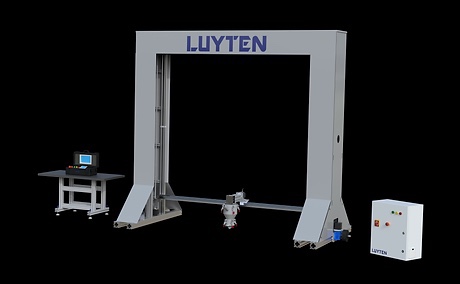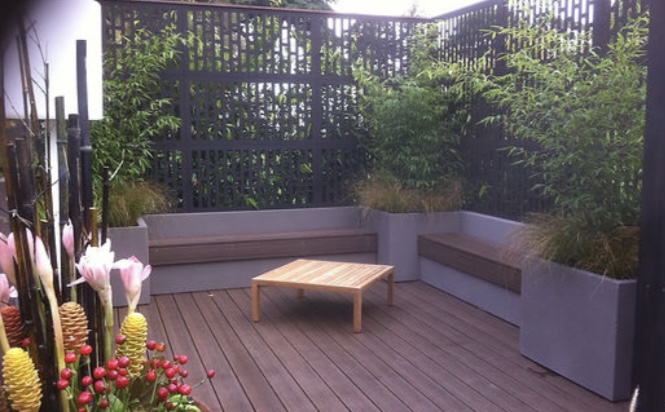Boss Products, one of the oldest building products manufacturers in Australia, made the decision about two years ago to transition to the use of additive construction (AC). The company recently announced the success of this transition, amid opening Australia’s first AC factory.
Located in Melbourne, Boss is one of the leading Australian suppliers of architectural moldings, custom planter boxes, and retail displays. Boss’s AC process uses a customized version of the Platypus X2 concrete printer, produced by Luyten 3D, which is also headquartered in Australia.

In a press release, Michael Boss, the CEO of Boss Products, commented, “We did our research and our homework has paid off. Our investment in 3D printing is already delivering significant returns.” Luyten’s CEO, Ahmed Mahil, added, “We are absolutely thrilled to see our technology being used right here in Australia. …Our focus is to bridge the technological gap in large-scale and manufacturing industries through the introduction of robust construction automation technologies such as cutting-edge 3D printing and additive technologies.”
Justifiably, printed houses still get the bulk of the attention in the AC sector. On the other hand, it’s arguable that the technology’s best chance at taking off initially is through its incorporation into the production of smaller architectural components — like planter boxes and moldings.

Primarily, I think this is because producers of smaller components with AC would find it easier to take advantage of the cost savings achievable by centralizing production, than would builders of entire homes. Currently, one of the largest impediments to making AC more cost-effective than building with legacy techniques involves the time spent disassembling the printer, reassembling it at the build site, and disassembling it once more when the project is completed. In turn, the cheapest method is to prefabricate housing elements, and then to complete the final steps for assembly on-site.
As cost-effective as it could eventually be to mass-produce homes this way, the infrastructure to do so simply doesn’t exist yet. One way that the establishment of such infrastructure might be expedited, would be if AC factories like the Boss Products’ facility in Melbourne become more commonplace, first. For the broader construction sector, the logistics of incorporating AC into the provision of smaller architectural features would also be more manageable. The more seamlessly integrated with one another that both sides of the equation become, the less of a leap it will be to mainstream the commercialization of printed homes.
Subscribe to Our Email Newsletter
Stay up-to-date on all the latest news from the 3D printing industry and receive information and offers from third party vendors.
You May Also Like
3D Printing News Briefs, May 25, 2024: 3D Printed Medical Models, Sensors, Engines, & More
We’re starting with research in today’s 3D Printing News Briefs, first about filament diameter-adjustable 3D printing and then about 3D printed sensors. Then, we’re moving on to personalized 3D printed...
BMW’s 3D Printed Robot Grippers Cut CO2, Improve Efficiency
The BMW Group has been a long-time user of additive manufacturing (AM), dating back to the days when it was still referred to as rapid prototyping. However, its most recent...
New AM Research Market Brief: China to See $8B in 3D Printing Hardware Sales by 2032
China’s additive manufacturing (AM) market is expected to reach $8 billion a year in hardware sales by 2032, according to a new Market Opportunity Brief by Additive Manufacturing (AM) Research,...
Creality Begins Selling HALOT-MAGE S: Setting New Standards in Precision 3D Printing
Creality, a leading innovator in consumer-grade 3D printing technology, proudly introduces the HALOT-MAGE S, the latest breakthrough in high-resolution 3D printing. With its cutting-edge features and user-centric design, the HALOT-MAGE...


































